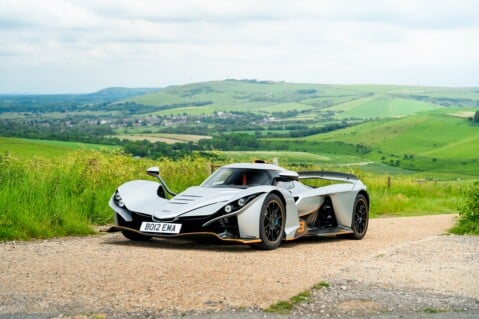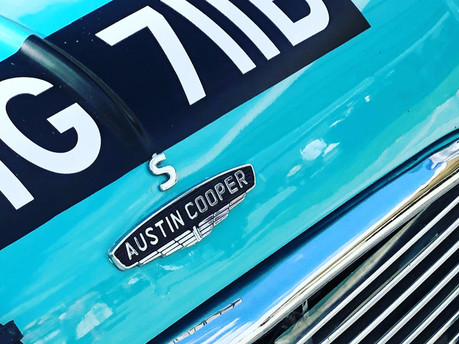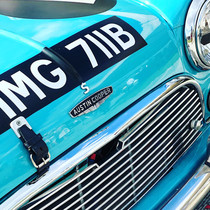
The Mini At 60: Happy Birthday To A British Icon
2019 marks a major milestone for an automotive icon, the Mini. A name that has stood the test of time, it's a machine that has etched an indelible mark into the automotive history books.
Born in 1959, the Mini is a car that is universally loved. Whether you learnt to drive in one or your dad had one or it was your first car, most people seem to have a Mini story. Not many cars can touch peoples lives in this way and the story of the Mini is a remarkable one.
Let’s wind the clock back to the 1950s. It’s post-war Britain and whilst the economy was starting to recover, there were still elements that placed this economic revival in jeopardy. Namely was the ongoing crisis in the Middle East that was having major implications on the Suez Canal. This vital shipping lane brought through a majority of Europe’s oil and the constriction of this channel was having dire consequences on the movement of oil.
The result was fuel rationing in the United Kingdom, a move that was to severely hit UK car production. Fuel rationing no longer meant the public wanted large and inefficient cars. There was a burning desire for something small and economical. Enter British Motor Corporation and Alec Issigonis.
A renowned car designer, Issigonis was tasked with producing a small car that was kind on fuel but yet also fulfilled the brief of being able to carry multiple passengers and luggage. The result was the Mini. A compact and small car designed with function over form. It’s layout and flat floor pan meant that luggage and passengers could be carried with ease, whilst upfront the Mini would set a design trend that would continue to this very day.
Under the bonnet, the engine and other auxiliary components were aligned in a transverse fashion. This meant the cabin and chassis bulkhead could be placed further forward than before. This layout set the trend for the future of the hatchback and most cars in this segment are heavily reliant on the transverse engine layout even to the present day.
With the recipe nailed, the car went on sale. Debuting in 1959, the Mini was an instant bestseller and perfectly captured the mood of a nation. In the 60s the Mini would go on to become the vehicle of the swinging sixties, an era that would help to define its cult status. Later on in the 1960s, the Mini would also find further popular success in the 1969 film The Italian Job. A classic crime caper starring Michael Caine, a trio of Minis were used as getaway vehicles in an audacious gold heist through the centre of Turin. This film further cemented the Minis status and coupled it to Caines famous line ‘you’re only supposed to blow the bloody doors off!’.
It wasn’t just in popular culture where the Mini proved highly popular though. The Mini also went on to have a stellar career in the world of motorsport both in the British Touring/Saloon Car Championship and World Rally Championship. In the BTCC championship, the Mini helped drivers to no less than 5 championship titles. Famed for its go-kart-like feel, the Mini was a giant killer, frequently triumphing over the likes of America’s V8 engined Mustang.
It wasn’t just on circuits though were the Mini flourished. It had enviable success in the World Rally Championship too with Paddy Hopkirk at the wheel. Emblazoned in its red livery with a white roof, the Mini was a formidable contender, again going up against more powerful machinery.
All of this on track success would transfer over to the showroom where the Mini continued to be a sales success. Over the decades the Mini name changed hands on multiple occasions and whilst the name above the factory door evolved, the recipe didn’t and the Mini continued relatively unchanged until production was ultimately ceased by Rover in 2000.
Whilst this would be the end of the original Mini as we know it, the name would continue thanks to BMW who purchased the rights to the brand from Rover. The Mini would be out of production for just a matter of months before it returned under BMW ownership in 2001.
Taking design cues from the original the updated Mini was designed with a nod to its predecessor and carried over design elements from the original, namely the large central binnacle and the round prominent headlights at the front.
Whilst it isn’t the Mini of old, the legend still lives on. A car that will go down in the history books, it holds a special place in the hearts of petrolheads around the world.
Happy 60th birthday Mini here’s to the next 60 years.



